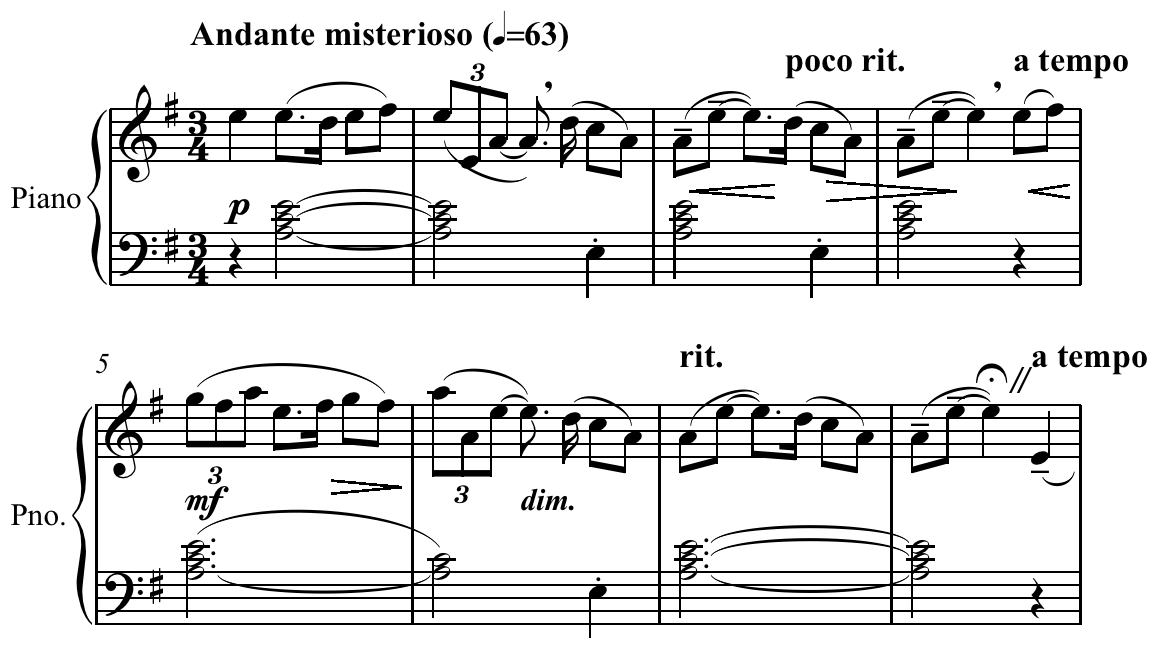
When faced with all the Italian words to learn for the graded music theory curriculum, one may find it overwhelming and disconnected, making it difficult to learn by rote. For this reason, I put together a brief guide to learning most of the Italian theory words in an easier, more logical way.
First of all, let us take a look at a collated, alphabetical list of all ABRSM Grades I-V Italian musical terms by clicking on this link
The list is close to one-hundred-and-fifty words, and is made of a list of verbs, adverbs, single or double words, and so on; furthermore, some terms relate to articulation, some to dynamics, some to expression, and some to tempo. How do we reduce this mish-mash into something more manageable to memorise and understand?
In this article I offer three steps to help you make sense of this vocabulary and learn it more easily.
STEP ONE: DIVIDING THE WORDS INTO CATEGORIES BY FUNCTION
The above musical terms can be divided into words of different categories according to their grammatical function; in the following list, each category is followed by a brief explanation and by the words themselves.
The meaning of each word is given in square brackets, although sometimes the musical meaning and the generic Italian meaning are not the same, as in words such as ‘ossia’ which means ‘namely,’ but musically is used in the sense of ‘or’ to indicate an alternative section to be performed.
Where the translation of a term is not sufficient to explain its specific musical usage, I have added a brief explanation after the translation.
1) PREPOSITIONS, ADVERBS, CONJUNCTIONS, NUMBERS, PRONOUNS
A) PREPOSITIONS: words that show a space/time relationship between people, places, things, etc.
A [at]: When combined with an article, e.g. ‘il’ / ‘la’ (male/female ‘the’), it becomes ‘Al’ / ‘Alla’. For example, ‘alla breve’ would mean ‘at the breve’ would mean ‘at the breve’, namely ‘in the time of a breve’ where the breve is the beat value; another example would be Mozart’s ‘alla turca,’ meaning ‘in the Turkish (style)’.
Da [from]: When combined with an article, e.g. ‘il’ / ‘la’ (male/female ‘the’), it becomes ‘Dal’ / ‘Dalla.’ ‘Da’ can combine with ‘a,’ as in ‘Da capo al fine’ [from the beginning to the end] which indicates having to return to the beginning of a score and then finishing at the ‘fine’ mark.
Con: When combined with an article, e.g. ‘il’/‘la’ (male/female ‘the’), it becomes ‘Col’ / ‘Colla.’ Examples may be: ‘Con fuoco’ [with fire, that is, with passion]; ‘colla voce’ [with the voice, meaning that an instrumental player should follow the singer, playing along with his/her tempo, which may be variable]; ‘col legno’ [with the wood, meaning that a string player should use the wooden part of the bow rather the the hair on it when playing].
B) CONJUNCTIONS: words that link other words together
E: [and] Before a word starting with a vowel, it adds a ‘d’, thus becoming ‘ed’. Ma: [but]
Ossia: [in modern Italian it means 'namely/that is' but in 18th century Italian it meant 'or/rather']
C) ADVERBS: words that modify a verb, adjective, or other adverb; sometimes ending in ‘-mente’ (the English equivalent of words ending in ’-ly’).
| Italian Term | Meaning |
|---|---|
| Adagio | slowly; a tempo indication |
| Assai | much; for example, ‘Adagio assai,’ meaning very slowly |
| Ben(e) | well |
| Come | as; for example, ‘come prima,’ meaning as before |
| Largamente | broadly; a tempo indication |
| Meno | less; for example, ‘meno mosso’ meaning slower |
| Mezzo | half; for example, mezzo-forte, literally ‘half loud’ |
| Molto | a lot/much; usually in tempo indications, such as ‘Allegro molto’ |
| Nobilmente | nobly |
| Non | not |
| Piano | softly |
| Più | more |
| Poco | little |
| Possibile | possible |
| Presto | in literary/old Italian, 'presto' is actually an adjective meaning rapid, quick |
| Quasi | nearly/almost |
| Sempre | always |
| Sopra | above |
| Sotto | under |
| Subito | immediately |
| Tanto | a lot |
| Teneramente | tenderly |
| Tosto | quickly |
| Tristemente | sadly |
| Troppo | too much |
D) NUMBERS (ORDINAL): numbers that tell the position of something in order. Their ending matches that of the noun to which they refer,
e.g 'First woman' and 'Second man' would translate as 'Prima donna' and 'Secondo uomo'.
Primo/a (male/female ending, singular) [first]
Secondo/a (male/female ending) [second]
E) PRONOUNS: words that refer back to, or to the absence of, a person or thing
Niente [nothing]
2) NOUNS and ADJECTIVES
A) NOUNS: words referring to a person, animal, thing, idea, place, etc.
| Italian Term | Meaning |
|---|---|
| Anima | soul |
| Brio | old Italian meaning vivaciousness, panache |
| Capo | literally head; in the expression 'da capo' it means from the start |
| Dolore | pain |
| Fine | end |
| Forza | strength; musically, it refers to playing something with force |
| Fuoco | fire |
| Misura | measure |
| Movimento | movement |
| Pausa | pause |
| Segno | sign |
| Tempo | time |
| Tenerezza | tenderness |
| Voce | voice |
| Volta | time, as in ‘prima/seconda volta’ in a score section (first/second time |
B) ADJECTIVES: words that serve as modifiers of a noun.
| Italian Term | Meaning |
|---|---|
| Affettuoso | affectionate |
| Agitato | agitated |
| Allegro | cheerful |
| Amabile | lovable |
| Amoroso | amorous, loving |
| Animato | animated |
| Appassionato | passionate |
| Cantabile | singable |
| Comodo | comfortable |
| Deciso | decisive |
| Delicato | delicate |
| Dolce | sweet |
| Dolente | hurting |
| Doloroso | painful |
| Doppio | double |
| Energico | energetic |
| Espressivo | expressive |
| Estinto | extinct (meant in the volume sense) |
| Facile | easy |
| Forte | loud |
| Giocoso | playful |
| Giusto | just/right |
| Grave | serious, grave |
| Grazioso | graceful |
| Lacrimoso | tearful |
| Largo | large/broad |
| Legato | literally tied, meaning notes played in the interlinked way opposite to 'staccato |
| Legg(i)ero | light |
| Lento | slow |
| Lungo | long |
| Maestoso | majestic |
| Marcato | marked, in the sense of given further weight by the performer |
| Marziale | martial, in a military style |
| Mesto | extremely sad |
| Mosso | literally moved, like 'agitato' |
| Moderato | moderate |
| Pesante | heavy |
| Piacevole | pleasant |
| Piangevole | literary/old Italian, meaning mournful |
| Piano | soft |
| Risoluto | resolved, with resolve |
| Ritenuto | literally retained, and (musically) held back in terms of tempo |
| Ritmico | rhythmical |
| Semplice | simple |
| Simile | similar |
| Sonoro | sonorous, loud |
| Sostenuto | sustained (in music, referring to a slightly slower tempo |
| Staccato | detached (as opposed to legato |
| Tenuto | literally held (in music, referring to holding a note through its full value |
| Tranquillo | tranquil |
| Triste | sad |
| Veloce | fast |
| Vivace | vivacious |
| Volante | flying |
3) VERBS (GERUNDS,PARTICIPLES, IMPERATIVE, INDICATIVE)
A) GERUNDS: in English, these are a verb form used as nouns/adjectives (e.g. Running is a sport); in Italian it usually introduces a secondary sentence, e.g. 'Andando a casa abbiamo incontrato Laura' = (While) going home we met Laura.
| Italian Terms | Meaning |
|---|---|
| Accelerando | accelerating |
| Affrettando | hurrying |
| Allargando | broadening |
| Animando | getting animated |
| Calando | dropping/lowering |
| Cantando | singing |
| Crescendo | growing |
| Decrescendo | getting smaller |
| Diminuendo | diminishing |
| Incalzando | urging/pressing |
| Lusingando | flattering |
| Morendo | dying |
| Perdendo(si) | losing (oneself) |
| Rallentando | slowing down |
| Rinforzando | reinforcing |
| Ritardando | delaying |
| Scherzando | joking |
| Sforzando | forcing |
| Smorzando | dampening |
| Stringendo | tightening (i.e. accelerating) |
B) PARTICIPLES: in English they are verbs indicating a continuous action (e.g. I am laughing) whereas in italian they are verbs used more rarely as such and more frequently as adjectives, usually in the past tense (ending in -ato) but also in the present tense (ending in -ante/-ente) – you will find some under the 'adjectives' category.
Andante (from 'andare' = to go, thus roughly translated as 'going')
Rubato [stolen, i.e. freely slowing down (or speeding up) at the discretion of the performer]
C) IMPERATIVE: verbs indicating an order/command.
Attacca [attach; this refers to a movement ending leading on to the next movement without pause/rest]
D) INDICATIVE: the present tense, e.g. 'I follow.'
Segue [(it) follows]
STEP TWO: ADDING SUFFIXES
There are three main suffixes used in Italian music:
a) -ino
b) -etto
c) -issimo
The first two are diminutives, indicating a lessening or reduction (also figuratively);
They are chiefly used after tempo words, for example:
- Adagio + ‘etto’ = Adagietto = less (slow) than Adagio
- Largo + ‘etto’ = Larghetto = less (slow) than Largo
- Allegro + ‘etto’ = Allegretto = less (rapid) than Allegro
- Andante + ‘ino’= Andantino = less (rapid) than Andante
As you can see, when the two suffixes are applied to a moderate/fast tempo
they imply a lessening of briskness (i.e. a decrease in speed), whereas when applied to a slow tempo they imply a lessening of slowness (i.e. an increase in speed).
The third one is a superlative, amplifying a word to its maximum level, for example:
- piano + ‘issimo’ = pianissimo = quietest
- forte + ‘issimo’ = fortissimo = loudest
- presto + 'issimo' = prestissimo = very fast
STEP THREE: CREATING YOUR OWN ITALIAN MUSICAL PHRASES
In this part I will take what we know already from Steps One and Two and start using it in a more creative way, namely by forging our own Italian musical word combinations: this will allow you to learn Italian musical terms in an imaginative way rather than just memorising single, disconnected words by rote.
For this, I will use the grammatical categories to construct a mix of various expressions, and then fill it with various words from the above sub-lists:
Adding a variety of additional words to the same word results in a great variety of shades of meaning that affect the original term in different ways. Let us apply this with a few examples using the same word, in this case the tempo indication 'Andante':
a) Andante + preposition + noun,
e.g. con forza [with strength/force]; con anima [with soul/soulfulness];
con fuoco [with fire/passion];
b) Andante + adverb + adjective,
e.g. molto appassionato [very passionate]; sempre sonoro [always sonorous/loud];
quasi adagio [almost adagio];
b) Andante + conjunction + adverb 1 + adverb 2,
e.g. ma non troppo [but not too much]; e sempre pesante [and always heavy];
ma poco ritmico [but little rhythmical]; e subito ritmico [and immediately rhythmical];
Now you try:
c) Andante + gerund, e.g. cantando; lusingando; scherzando; sforzando;
d) Andante + suffix + adjective, e.g. andantino sostenuto, giocoso, lacrimoso.
To finish, try your own examples using a number of tempo words, for example:
Largo / Presto / Allegro
Using the example combinations from the a) to d) list above, try adding combination of words to add colour, subtlety, and shades of meaning to each tempo word.
Once you have completed this task, try other combinations of your own, e.g. adjective 1 + conjunction + adjective 2; adjective 1 + conjunction + adverb + adjective 2; and so on.
In part 2, I will be looking at how to find linguistic parallels between Italian and English words, again in an effort to help you memorise these terms in a meaningful way.

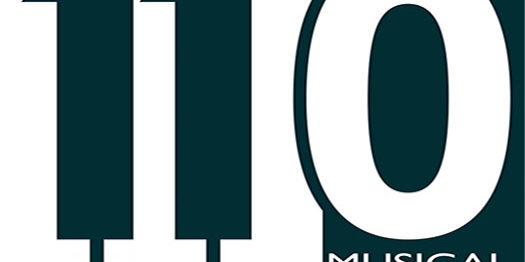

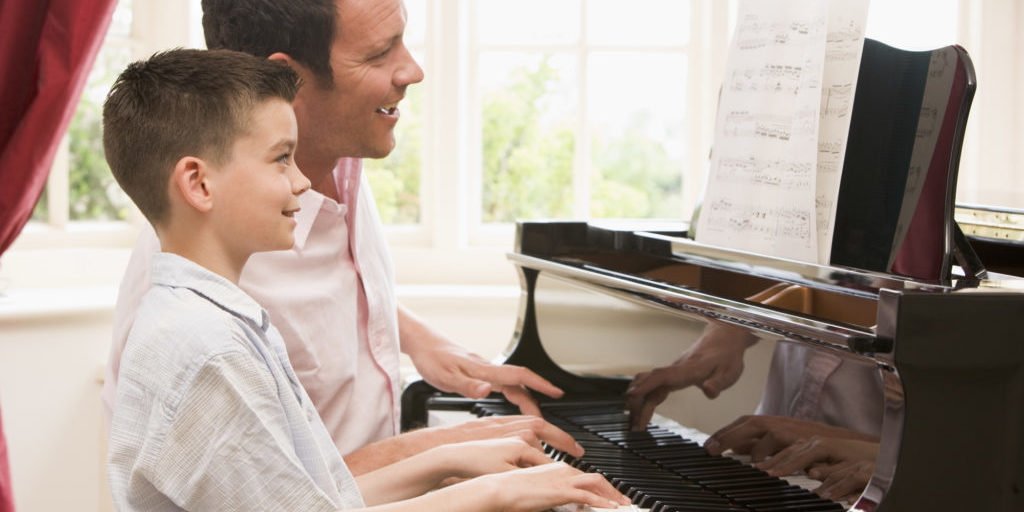
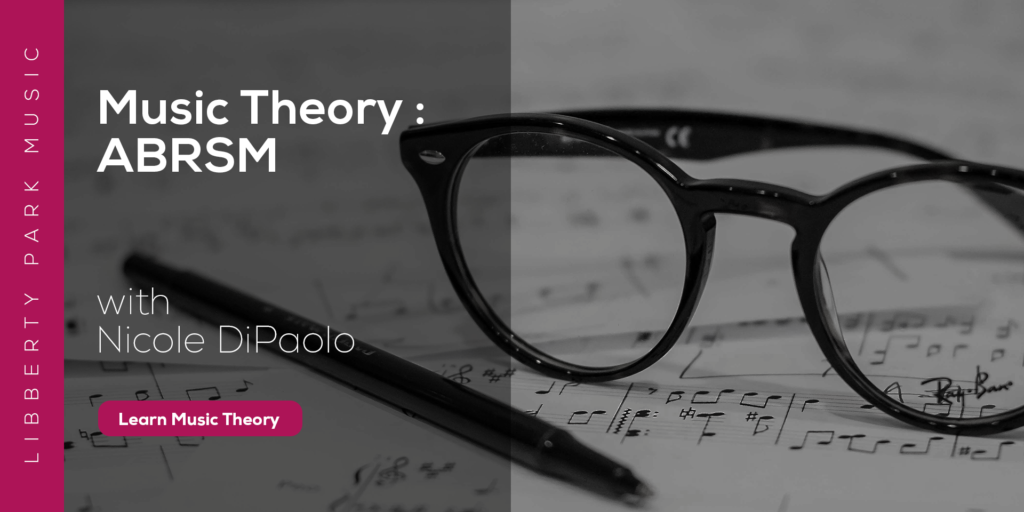
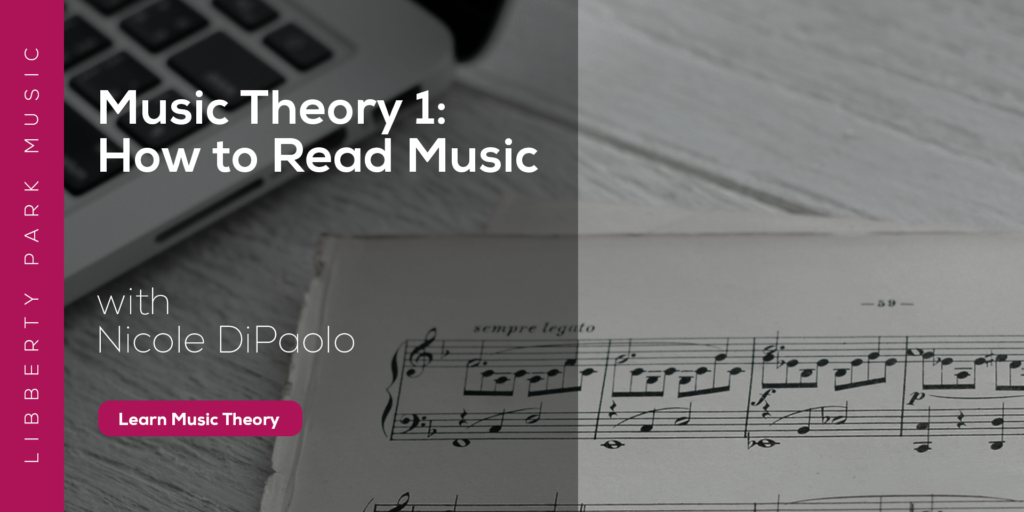
Helpful.
Thank you, Liau! Francesco
Thank you for taking the time in explaining the Italian musical terms in relationship with the English grammar. This will help me in explaining it to my piano students.
Thank you Carma,glad you found it helpful!!
Francesco